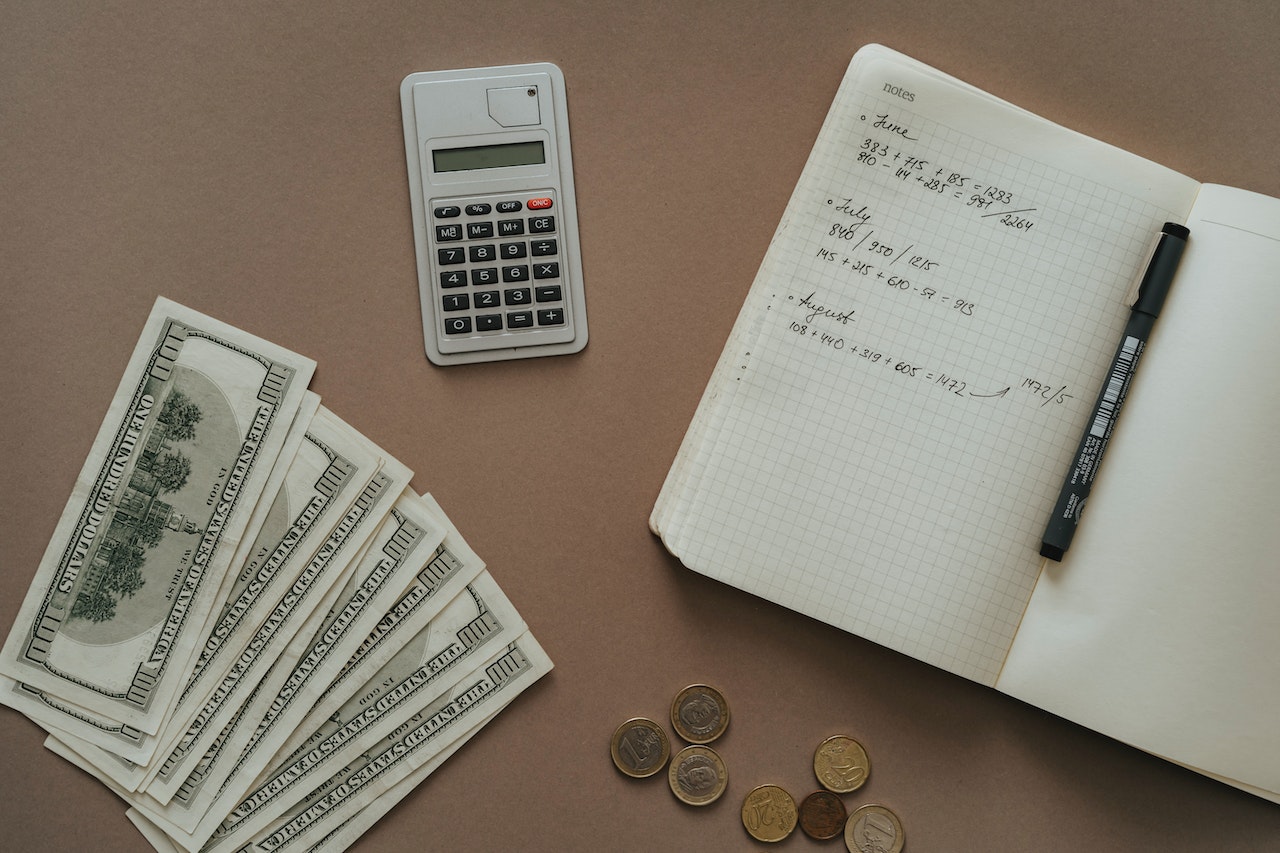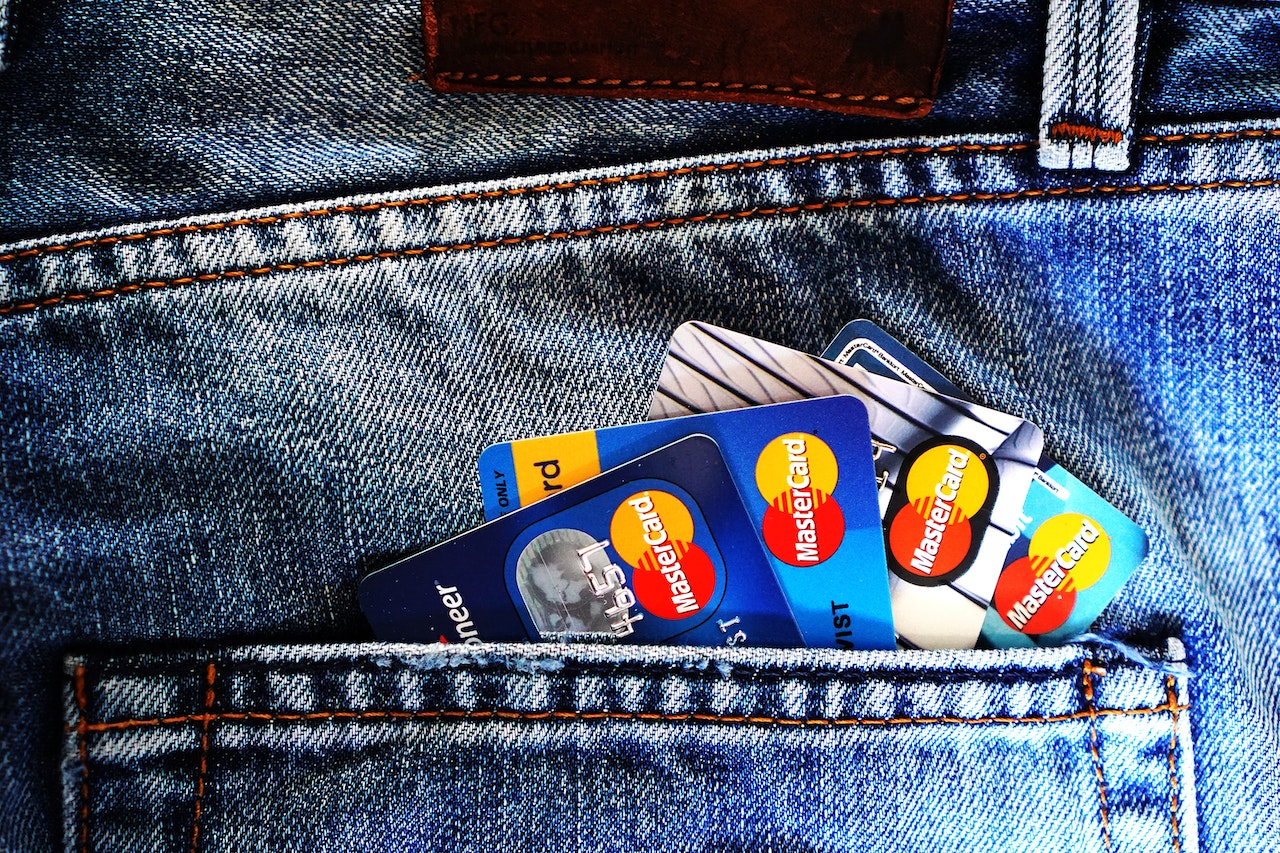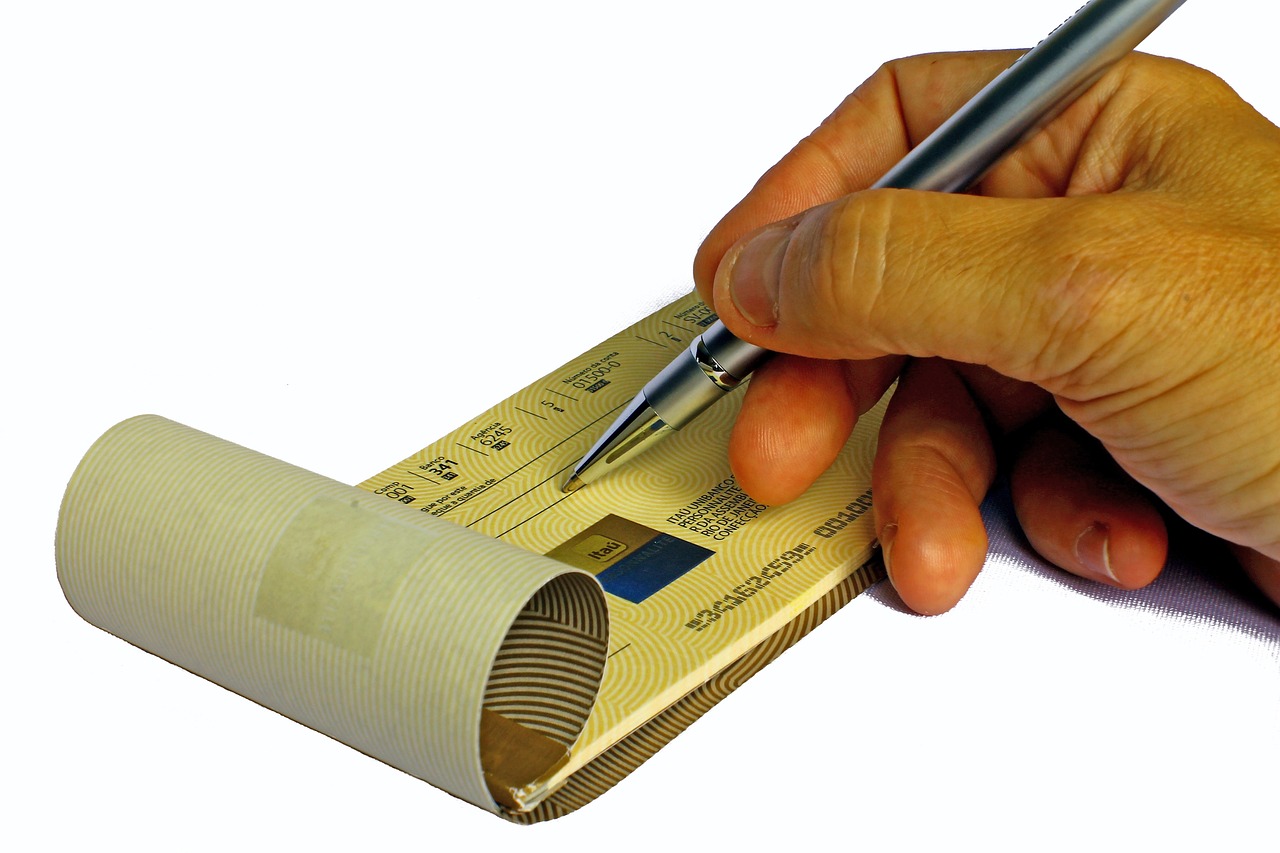Let’s face it. In the world of ‘expect the unexpected,’ your favorite saying has always been, “I’ll save money tomorrow.” But what happens when that “unexpected” event occurs today? Like when your car decides it’s had enough of you and starts spewing smoke or your pet iguana needs sudden and expensive veterinary care (who knew those things even got sick?).
Don’t fret. Your favorite financial genius is here, and I’m armed with a plethora of advice, funny remarks, and probably some lame jokes. Let’s dive right into the often-dreaded topic of emergency savings!
1. What on Earth is an Emergency Fund?
First things first, an emergency fund is not the five-dollar bill you find in your jeans on laundry day. Nope. It’s a stash of cash set aside to cover the financial surprises that life throws your way. These unexpected events can be anything from losing your job, medical emergencies, or discovering that your basement has suddenly transformed into an indoor swimming pool, courtesy of a broken pipe.
2. How Big Should This Magical Money Pot Be?
Here’s where it gets real (and maybe a touch boring, but bear with me). Most financial wizards — ahem, I mean experts — recommend having three to six months’ worth of living expenses tucked away. Why such a big range? Well, if you’re a single, free-spirited soul living with twelve roommates and a collection of rubber ducks, maybe three months is plenty. But if you have a family, a mortgage, and a dog with a penchant for eating things he shouldn’t, you might want to aim for the longer end of that range.
3. But Why So Much? I Could Buy a Small Island with That Amount!
Maybe, if the island was off the coast of Nowhere Land. But in reality, life is unpredictable. Remember 2020? Yep. Stuff happens. Jobs can be lost. Illnesses can strike. Alien invasions are probably less likely, but hey, you never know. Having a cushion means you can weather these storms without resorting to drastic measures, like eating instant noodles for a year (not recommended) or starting a GoFundMe for your unexpected coffee addiction.
4. Start Small – Every Penny Counts!
If the mere idea of saving several months’ worth of expenses makes you want to hide under your bed, fear not! Start with a modest goal. Try $500 or $1,000. That might not cover a meteor striking your house, but it can certainly help with smaller emergencies like car repairs or unexpected vet bills.
5. The Art of Stashing Cash (Or How to Pretend You’re a Squirrel)
Now that we’re on the same page about the need for a proper safety net, let’s explore how to grow it without having to win the lottery.
- The Good Ol’ Budget Dance
Ever heard of the saying, “To save money, you first need to know where it’s all going”? Probably not, because I just made it up. But the point stands. Start by tracking your income and expenses. There are nifty apps out there that do this, or if you’re old school, pencil and paper work just as well. Figure out where your money leaks are. Do you really need that 5th subscription box of artisanal cheeses?
- Automatic Transfers – Let the Robots Do It!
The easiest way to save is to not think about it at all. Set up an automatic transfer from your checking to your savings account. Even if it’s just a few bucks every week. Over time, you’ll be surprised at how it adds up. And since it’s automatic, there’s no “Oops, I forgot” excuse!
- Spare Change Can Be a Game Changer
Remember those coins that disappear between couch cushions? Or the ones you get as change and never bother with? Gather them up! There are apps and banks that round up your purchases and transfer the difference to your savings. It’s like a digital piggy bank, but without the horror of smashing it open.
- Ditch The Vices
No, I’m not suggesting you give up on your beloved coffee. But maybe, just maybe, brew it at home sometimes? Cutting down on small daily expenses can lead to significant yearly savings. Do the math: if you save $3 daily, that’s over a grand a year.
- Embrace the Side Hustle
In the age of the internet, opportunities to make a little extra dough are endless. From freelancing to dog walking to pretending you’re an influencer on social media (ok, maybe not that last one), there are numerous ways to supplement your income.
6. Where to Stash the Cash?
Now that you’re rolling in your savings (or, you know, slowly building it up), it’s essential to put it somewhere safe. And no, your freezer isn’t an option. Consider high-yield savings accounts. They offer better interest rates than traditional savings accounts, which means your money will grow faster. But remember, accessibility is key. This isn’t a long-term investment; it’s for quick access in case of emergencies.
Wrapping It Up (Because All Good Things Must Come to an End)
Life has a peculiar way of tossing lemons at us when we least expect it. While I can’t promise those lemons will turn into lemonade, having an emergency fund can surely sweeten the deal. So, gear up, embrace your inner squirrel, and let’s get saving! And remember, while you can’t predict the future (unless you’re psychic, in which case, can I get some lottery numbers?), you can always prepare for it. Happy saving!
Extra Pro Tips to Supercharge Your Savings Journey
- The 30-Day Rule: Before making any significant non-essential purchase, wait 30 days. If you still want or need that item after the waiting period, go for it. More often than not, you’ll find the urge to buy has passed.
- Sell, Don’t Store: Have stuff lying around that you haven’t used in ages? Instead of letting it collect dust, sell it! Websites like eBay, Mercari, or local classifieds can turn your clutter into cash.
- Discounts and Cashbacks: Always check for discounts, cashback offers, or coupons before making a purchase. Numerous apps and browser extensions can alert you to savings opportunities.
- Minimize Eating Out: Cook at home more often. Not only is it typically healthier, but it’s also more economical. If you’re not a seasoned chef, now might be a good time to learn. Who knows? You could be the next culinary sensation! Don’t forget to check our Food section for some awesome cooking tips!
- Energy Efficiency: Small changes in your home, like using energy-efficient bulbs or unplugging devices when not in use, can lead to significant savings on utility bills over time.
- Be Your Own Barista: Love those fancy coffee drinks? Invest in a good coffee machine and make them at home. Your pocket will thank you, and you might find a new hobby.
- Library Over Bookstore: If you’re an avid reader, consider borrowing from the library or using e-library services instead of buying every book. It’s cost-effective, and you’re being kind to trees!
- DIY Gifts: The next time an occasion arises, instead of buying a gift, why not make one? It’s often more heartfelt, unique, and cost-effective.
- Get Financially Educated: Invest time in learning about personal finance. The more you know, the better decisions you’ll make. There are countless free resources online, from articles to webinars.
- Challenge Yourself: Set short-term savings challenges for fun. For instance, a “no spend” week or a “cook at home” month can make saving feel like a game.
Incorporate these pro tips into your financial routine, and watch as your emergency fund grows even faster than you expected. Because when life decides to surprise you, it’s always better to be over-prepared than under!
FAQs: Navigating the Mysteries of Emergency Savings
An emergency is typically an unforeseen circumstance that requires immediate financial attention, such as medical expenses, car repairs, or job loss. Buying that new designer bag on sale? Not an emergency.
It’s best to keep your emergency fund in a high-yield savings account. This allows for growth through interest, yet provides easy access when you need the money. Avoid riskier investments like stocks for this particular fund.
The timeline can vary based on personal circumstances. If your job is unstable or you have many dependents, you might want to save aggressively. However, for many, a steady and consistent saving pace is sustainable and effective.
It’s a balancing act. While paying off high-interest debt is crucial, having a small emergency buffer can prevent you from falling deeper into debt when unexpected expenses arise. Aim to save a mini emergency fund (e.g., $500 to $1,000) before aggressively tackling debt.
It’s best to keep your emergency fund separate to avoid the temptation of dipping into it for non-emergencies. Once you’ve reached your emergency savings goal, start other savings accounts for different goals.
At least once a year or whenever you experience significant life changes like marriage, having children, buying a home, or changing jobs. As your monthly expenses change, your emergency fund should reflect those changes.
That’s what it’s there for! If you dip into it, make a plan to replenish it as soon as you’re able. Remember, life’s unexpected moments don’t wait for us to be ready financially.
It’s never too late to start! Everyone’s financial journey is unique. The important thing is to begin now, no matter how small the amount.



